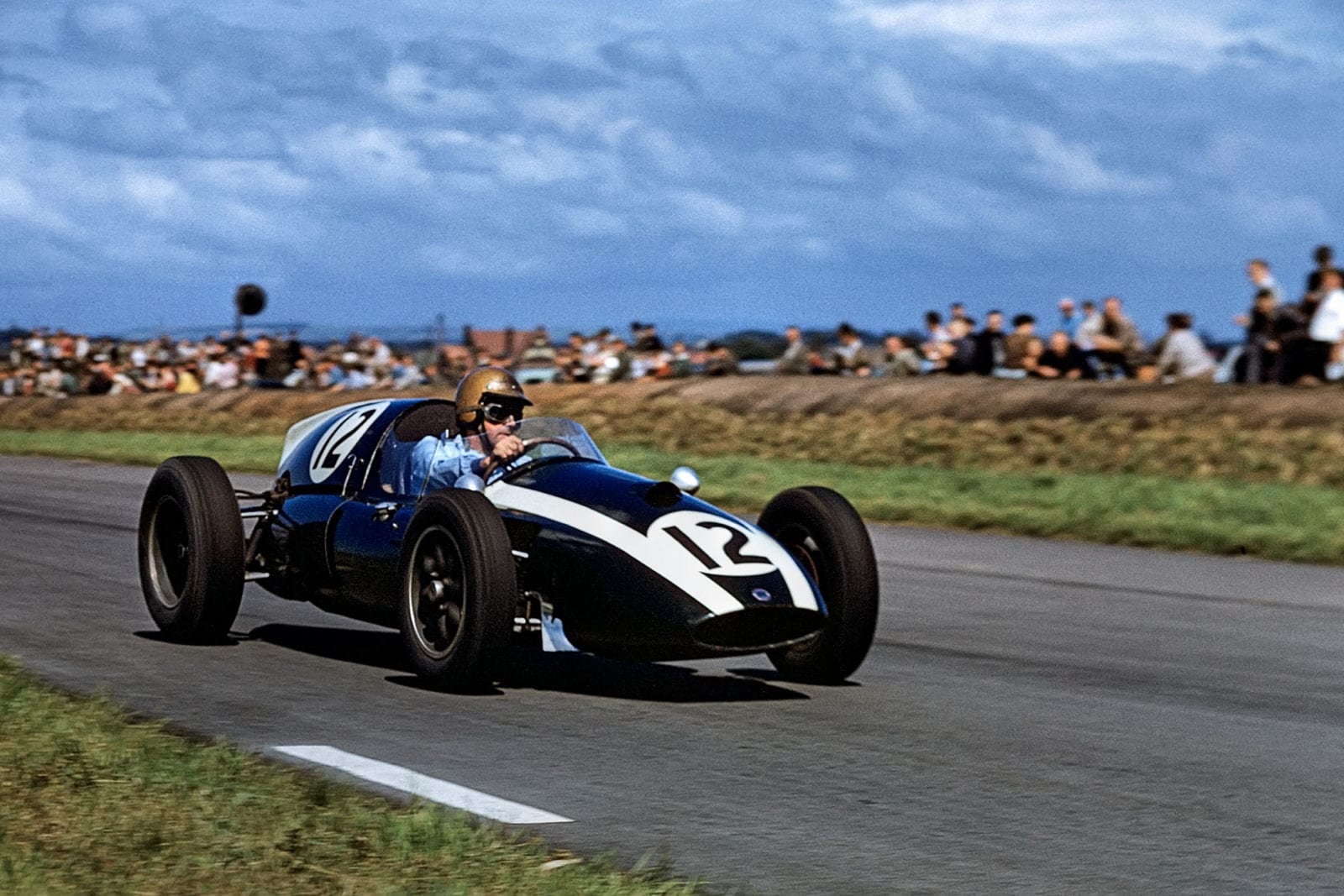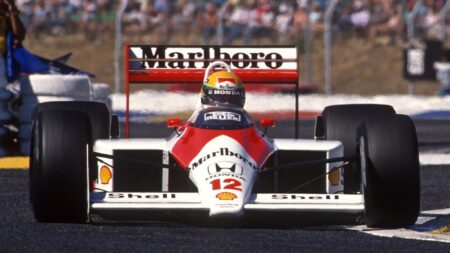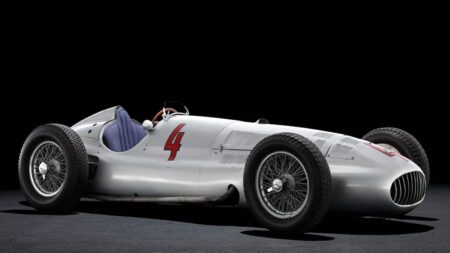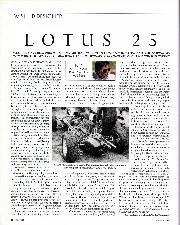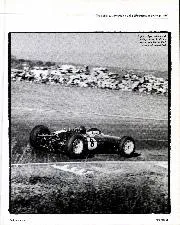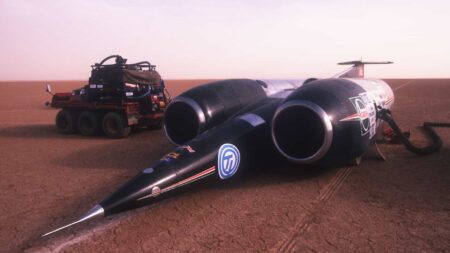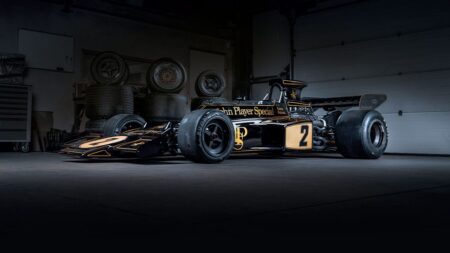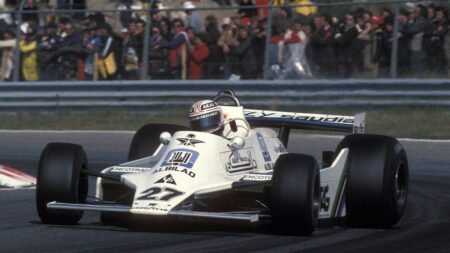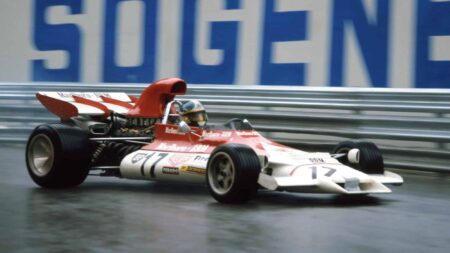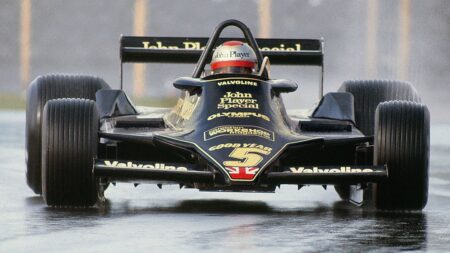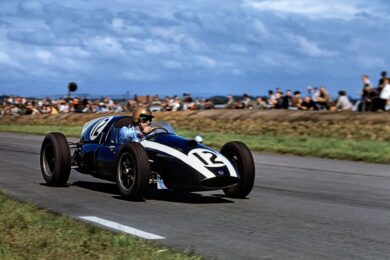I loved the shape then and I love it now. In fact when I was designing the Rocket road car, a lot of the shape was influenced by the Cooper. When I went to Brabham I ‘inherited’ Peter Bedding and his dad, who made all the early Cooper shells, but I don’t know who actually styled them. Whoever it was obviously had an eye, because they were very pretty, and quite effective aerodynamically. I suspect it was John saying “it’s a bit like this…” I still love to see a little Cooper at Goodwood; they still stir the blood just as much as a Ferrari or a Lotus. They were also well made for their period — if you look at, say, a Ferrari of the time, the frame technology is pretty basic; the rear-engined Coopers were at least multi-tubular. Not pure spaceframes like Chapman moved on to later, but they were ‘simple-clever’ for reliability.
They were just trying to make an effective racing car within the regs — something which gripped and handled, was forgiving and driveable. Those who have driven them will tell you they are extremely driveable and easy to setup. And they were so light, only about 800lb; and the Climax was light too. Come to think of it, the Rocket is the same weight and not far short on horsepower.
Ergonomically, it would have been quite a switch for someone used to front engines. You’re sitting further forward, your eyeline is lower; it would have had a higher limit but been more twitchy, with its lower polar moment of inertia. But it must have been a revelation in braking and turning; after the front-engined cars it would have felt incredibly nimble. Even now, jumping into the Rocket when you haven’t driven it for a month, you can’t believe how quick it is, how it changes direction and brakes, and that’s probably how it would have felt getting into a little Cooper for the first time from a big Ferrari.
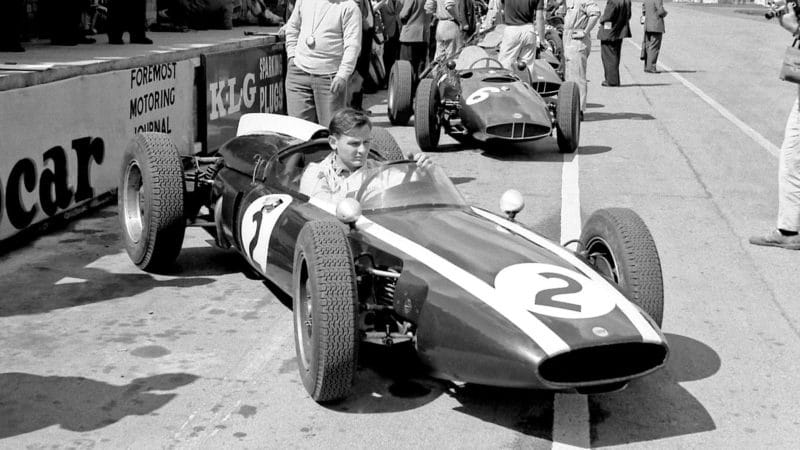
McLaren in T.53 at the 1969 British GP at Silverstone
As a designer I’d have loved to have been the first to say “hang on, that’s a bit cranky having the engine in the front”, with that weight distribution, that frontal area, the prop-shaft losses, compared to the extra traction, better braking — everything gets better with the engine behind. You can’t help saying “Why didn’t somebody think of this before?”
Gordon Murray was talking to Gordon Cruickshank
